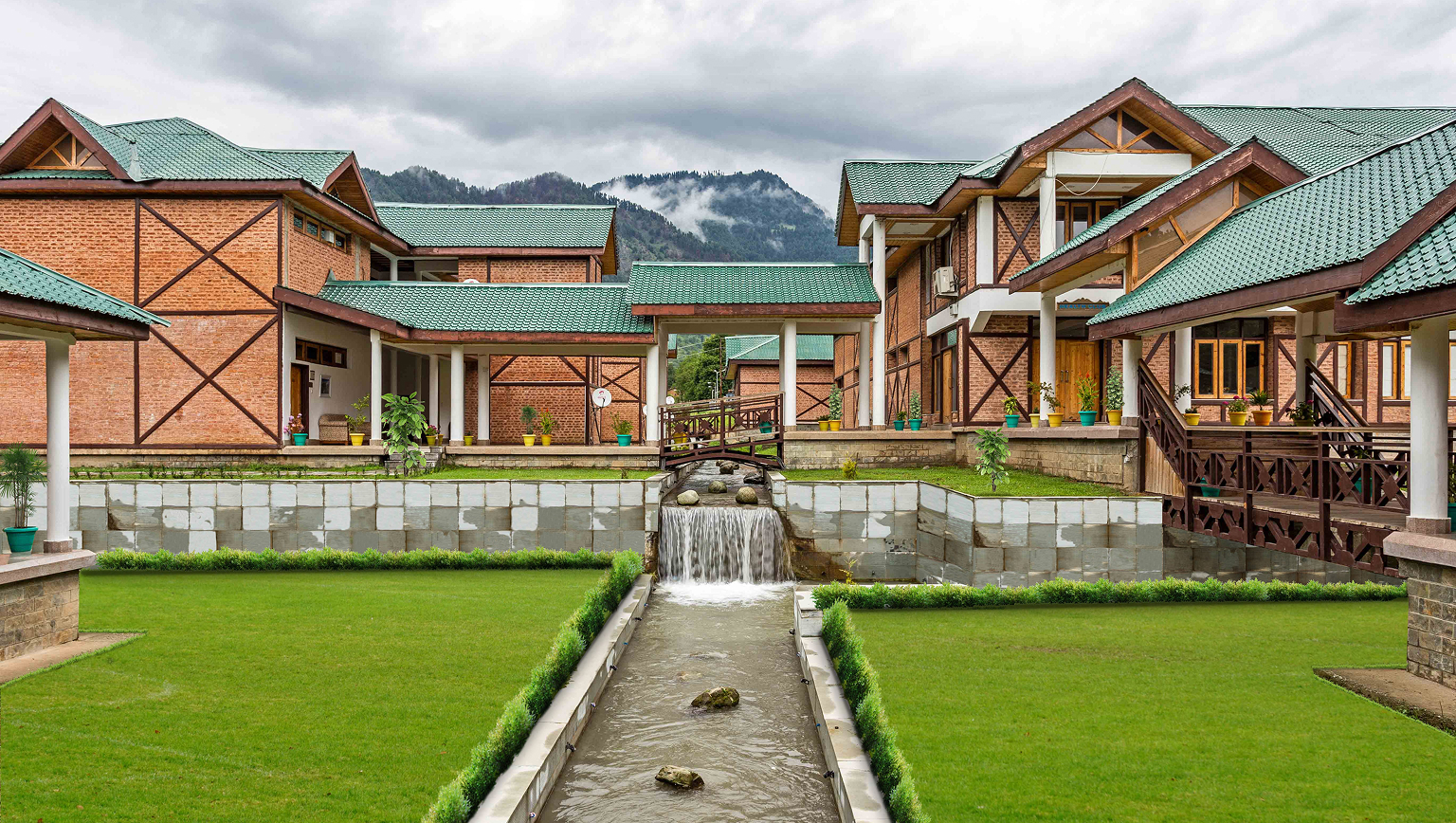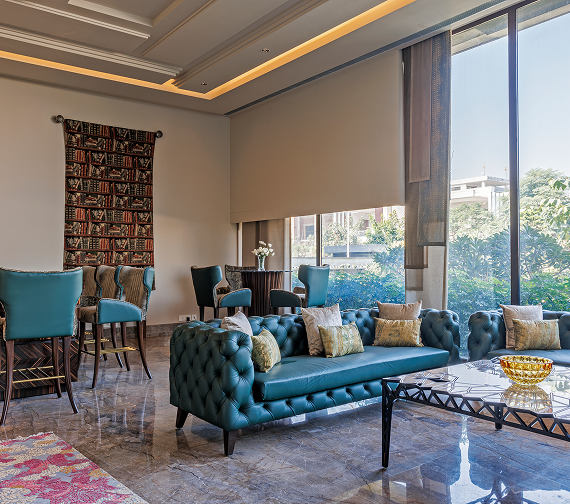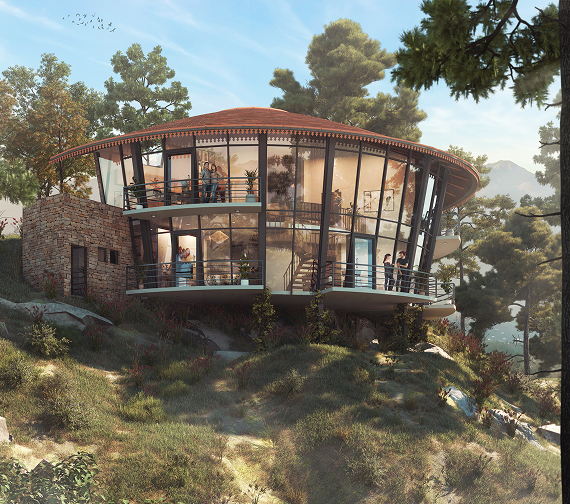
In a bustling city where concrete towers reach for the skies and streets buzz with endless activity, there is an architect named Nilanjan Bhowal, who has his studio named Design Consortium. He often finds himself yearning for the serenity of his childhood, the scent of fresh grass, the sound of a gurgling brook, and the warm embrace of sunlight filtering through trees. It was this longing that led her to discover the philosophy of biophilic design.

Nilanjan Bhowal believes architecture can be more than walls and roofs. He envisions buildings that breathe with nature, where people can reconnect with the earth even in the heart of the city. Biophilic design becomes his mantra he also calls it as Organitechture, a way to bring humanity’s innate love for nature into every project he touches.
Nilanjan Bhowal’s designs are shaped by the following requirements:
- Direct Contact with Nature: His buildings emphasize the presence of greenery, natural light, and water features, ensuring that every occupant feels nature’s touch.
- Indirect Contact with Nature: He selects materials like reclaimed wood and locally sourced stone, crafting organic shapes and earthy palettes that resonate with the outdoors.
- Place-Based Relationships: Nilanjan’s designs always honor the local environment, integrating the story of the land and its culture into the fabric of his architecture.

One of his landmark projects was the Pahalgam Club, nestled in the picturesque valley of Kashmir. Originally, the club was built away from the river that meandered through the landscape. However, Nilanjan’s vision saw the river not as a distant feature but as an integral part of the experience.
He reimagined the club’s layout, bringing the river into its premises through innovative landscaping. With thoughtfully designed walkways, river-view seating areas, the project harmonized human activity with the flowing river. This transformation not only enhanced the club’s appeal but also created a tranquil space where visitors could feel deeply connected to nature.

A Future Reimagined
Nilanjan Bhowal’s vision extends far beyond individual buildings. He envisions entire cities where biophilic design transforms urban life the where skyscrapers wear green facades, rooftops flourish with bio-solar systems, and neighborhoods thrive with biodiversity.
His work demonstrates how architecture can heal both humans and the planet, inspiring a new generation of designers to see beyond aesthetics and functionality.

